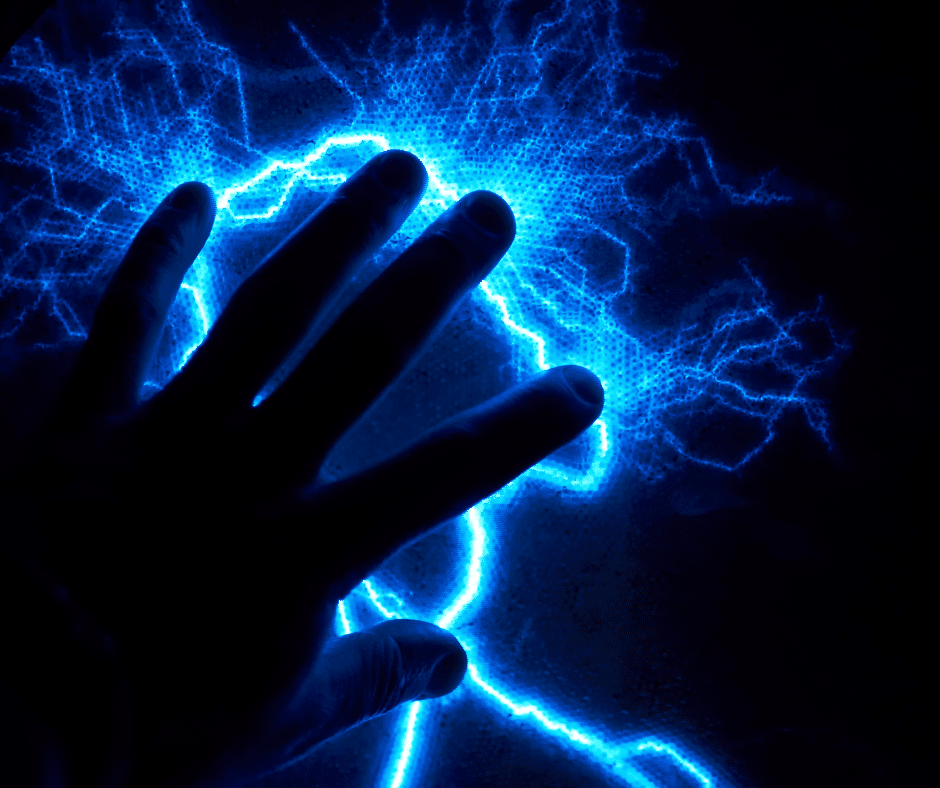Static electricity is a phenomenon that has been studied for centuries. The first written mention of it was in the year 67 AD by Pliny the Elder, who described an experiment with amber and a piece of wool cloth. In this experiment, he found that when rubbed together, they would attract small pieces of paper or straw. He called this “electrical fire.”

In modern times, we recognize static electricity as being caused by two objects rubbing against one another and releasing built-up electrons from one object to the other – usually from a rubber surface to a metal object. Electrons are negatively charged particles that move around on their own between atoms in materials like copper wire or aluminum foil. When these electrons become attached to an atom (which is positively charged), they create what we call static electricity.
The amount of static electricity that builds up and the way it discharges varies depending on a number of factors: humidity or lack thereof, temperature, and pressure among others. These factors affect how well two objects can conduct an electrical charge, which affects the strength of the discharge once they touch. It has been found that the colder an object, the better it can carry a charge.
Humidity also affects how well two objects will conduct because it plays a role in the friction between the two objects. The more humid the air is, the easier it is for charges to transfer from one object to another; this makes humidity play a large part in static buildup.

Below are some examples of materials that can produce static electricity:
Rubber & Latex
Conditioned by rubbing with wool or fur, this is what causes the phenomenon known as “a shock” Rubber balloons are an example of highly-charged rubber.
Wool & Fur
Materials such as these contain high humidity which increases the appearance of static electricity. The dryer the material, the better it is able to insulate against an electrical charge which increases the amount of friction between materials. For example, a sweater will stick to a piece of plastic much more easily than a rubber balloon.
Metal & Glass
These types of materials are not normally very good at conducting electricity, however, if given a thin coat of oil or wax they become very good conductors. This is because oil and wax cannot stick to metal without a lot of friction, therefore increasing the amount of charge that flows through the metal.
A common household item that we always see people using for static electricity is wool dryers balls. They are great at reducing static electricity because of the high humidity inside the balls.

A piece of information that is often overlooked about static electricity is that it has not only an electric charge but also a magnetic one. It was originally believed that magnets produced their own power, however, in 1820 Hans Christian Oersted discovered this wasn’t true and conducted an experiment that proved it.
When a magnet was brought near to a wire as it was moving, the flow would suddenly change and even turn around. This is because of electromagnets which produce electricity through movement. These types of electricity can be seen in car generators and wind turbines. It was found that when two different poles of a magnet were brought near to a wire, the current would move towards one pole and away from the other.
Now that you have a basic understanding of static electricity, try out some experiments for yourself!
